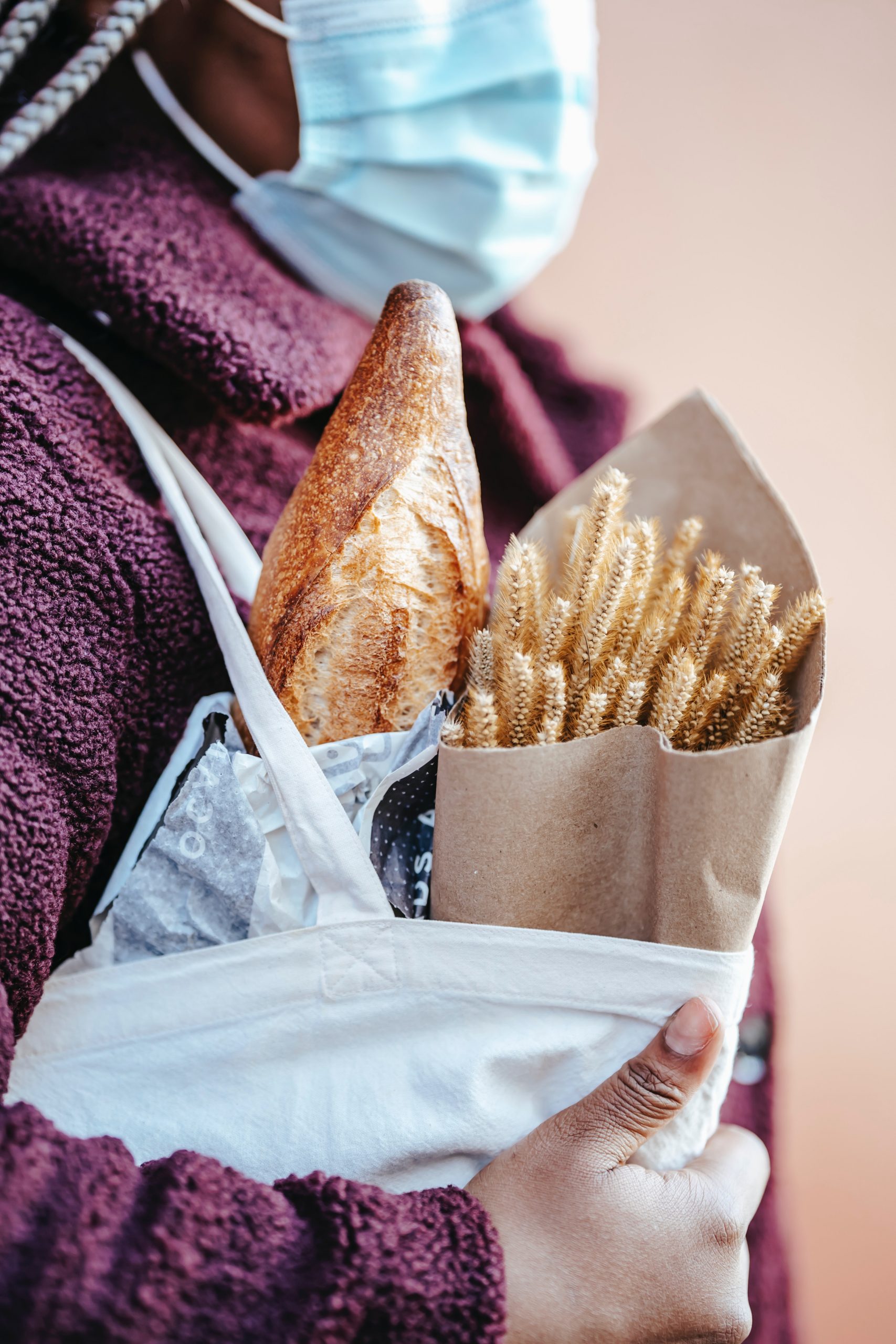
Vital Gluten
We have already discussed the importance of gluten in baking and the need to use stronger flours (with more and better quality gluten) in some instances. In addition to the gluten present in the flour, you can buy and add gluten separately. This dry, powdered gluten is commonly called vital gluten, which we will discuss in this entry.
Vital Gluten
From wheat flours, using a process known as wet milling, starch and gluten can be separated, and after drying and milling, they can be sold separately. Companies that carry out this process are usually known as starch manufacturers because the primary product they obtain is starch. This starch can be modified through physical, chemical, or enzymatic methods to produce many other products, but in this entry, we will discuss the other part of the flour.
In these starch manufacturing companies, besides the starch, the proteins from the endosperm are also separated. These proteins are mainly those that form gluten when hydrated and subjected to mechanical work. There may be a temptation to add this gluten to low-quality flours to produce higher quality flours or flours with a higher gluten content. However, certain precautions must be taken:
The process of separating starch and proteins is done with water. This moisture must be removed to obtain a dry product with a long shelf life. To remove this moisture, hot air drying is used. It is important to note that proteins denature at certain temperatures, losing their functional properties. Therefore, thermal treatments can negatively affect the functionality of the gluten. Although the drying methods have significantly improved since the initial treatments, and these changes have been minimised, some loss of gluten quality can still occur during these treatments.
As we have mentioned in this blog, it is not only the quantity of gluten that is important but also its quality. It should be noted that companies that usually sell vital gluten are starch producers and typically prefer wheat with a low protein content and, therefore, a higher starch content. Additionally, gluten quality is not a major parameter when purchasing this wheat since wheat with higher protein content and better protein quality is usually more expensive. Therefore, there is a risk that the quality of this type of gluten may not be very high. A potentially more serious issue is that the quality of the gluten may not be consistent, and thus the doughs in which it is incorporated may vary depending on the batch of gluten used. Starch manufacturers are aware of these problems and have generally made significant improvements, but there may still be differences depending on the company.
Gluten is not a cheap product, so it is often more economical to use a good quality flour than to improve a bad flour by adding gluten.
It should be noted that, in this case, the sum of the flour components is not equal to the flour. This has been demonstrated in some older studies that attempted to understand the behaviour of different flour components by separating and recombining them in different proportions. It has been found that when the components are recombined in the original proportion, the result is not the same as the original flour. This occurs partly because the components are modified during the separation process, but also because of the importance of the interactions between these components in the flour.
Given these considerations, it is always better to use a good quality flour obtained from high-quality wheat rather than improve the flour by adding gluten. However, there are cases where it is very difficult to obtain such wheat, or years when the prices of such wheat are very high, and it may be convenient to resort to adding gluten. Typically, gluten is added for making products that require very strong flours, such as sandwich loaves. It should also be noted that incorporating gluten usually increases the kneading times necessary to develop the gluten network.
Quality Measurement of Vital Gluten
There is no standardised method universally used to measure the quality of vital gluten. Many companies add it to a known flour and analyse the quality of this mixture and how it varies from the original flour without added gluten. The methods for analysing these flours vary by country and the equipment of each company, but the use of a farinograph or alveograph is common.
Note
Wheat gluten is also used to make products such as seitan, typical of Asian cuisine, or for making meat analogues. For the latter use, wheat proteins can be textured by extrusion. However, in recent years, the trend towards gluten-free products and the importance for some companies to reduce the number of allergens has increased the use of legume proteins, such as pea protein, instead of gluten.
For More Information
Ortolan, F; Steel, CJ (2017) Protein characteristics that affect the quality of vital wheat gluten to be used in baking: A review. Comprehensive Reviews in Food Science and Food Safety, 16:369-381